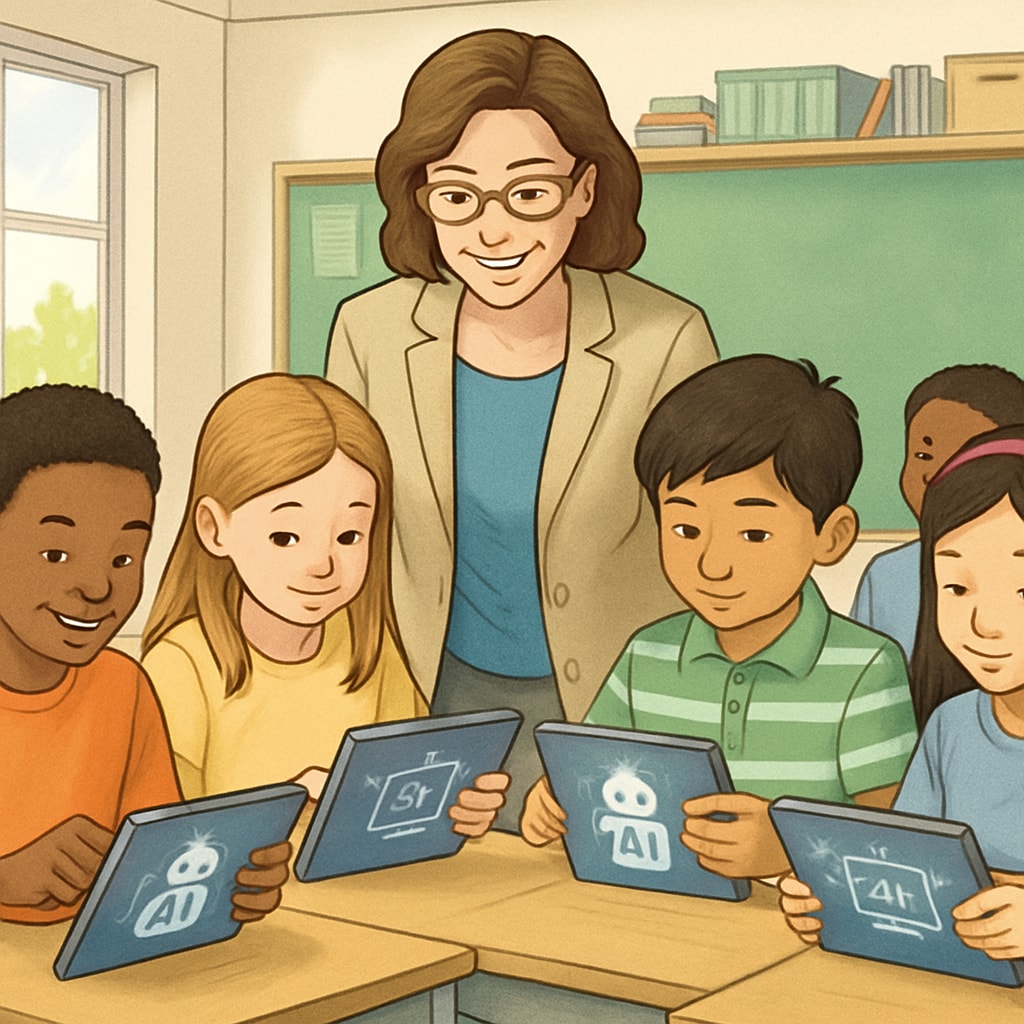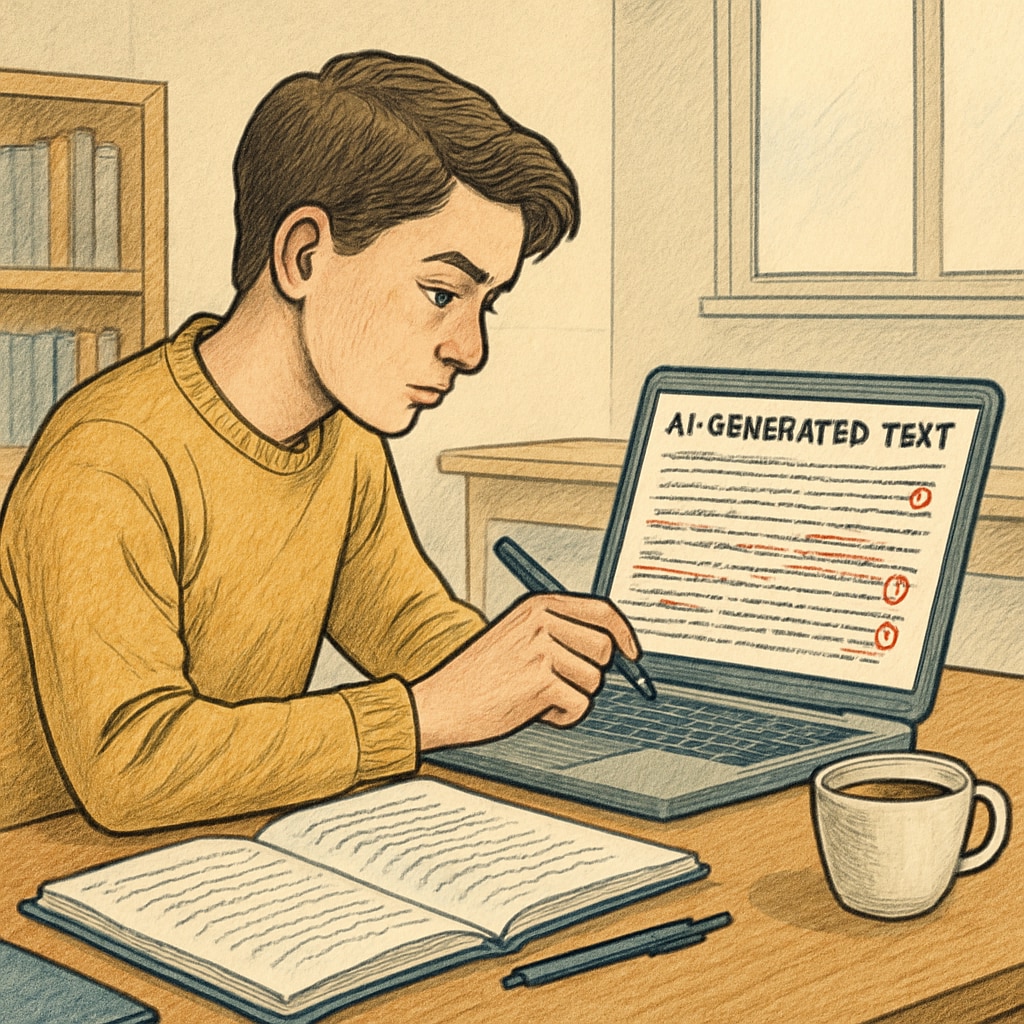Artificial intelligence education, critical thinking, and learning methods are becoming increasingly intertwined in modern K12 classrooms. As tools like ChatGPT demonstrate remarkable capabilities, educators must navigate the delicate balance between leveraging AI’s efficiency and maintaining students’ cognitive development. Research from educational technology studies shows that proper integration can enhance rather than replace human thinking.
The Dual Impact of AI on Cognitive Development
Generative AI presents both opportunities and challenges for young learners. On one hand, these tools can:
- Provide instant feedback on writing assignments
- Generate practice problems for math and science
- Offer personalized learning pathways
However, overreliance may potentially weaken essential skills. A critical thinking analysis suggests students might skip crucial problem-solving steps when solutions are readily available.

Practical Integration Frameworks
Effective implementation requires structured approaches. Here are three evidence-based strategies:
- Scaffolded AI Use: Gradually introduce tools after foundational skills are established
- Transparent Process Modeling: Demonstrate how educators evaluate AI-generated content
- Reflective Practice: Have students compare their work with AI outputs and analyze differences
Cultivating Critical Engagement With Technology
Rather than banning or unrestricted use, schools should teach students to:
- Question AI responses (What’s the evidence? What perspectives are missing?)
- Identify potential biases in training data
- Combine AI tools with original analysis
For example, after receiving an AI-written essay, students could evaluate its arguments and supplement with personal insights.

As artificial intelligence education evolves, the focus must remain on developing adaptable thinkers. By implementing thoughtful policies and pedagogical approaches, schools can harness technology’s benefits while preserving the human elements of learning. The ultimate goal isn’t just efficiency, but creating students who can think independently in an AI-augmented world.


